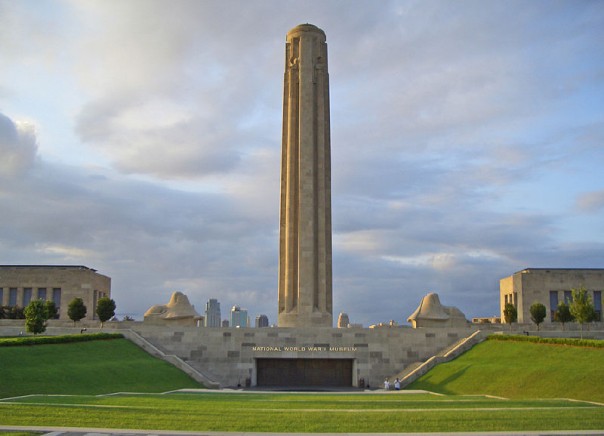
The Liberty Memorial in Kansas City, Missouri was designed in 1921 as memorial to the fallen soldiers of World War I.
The Nebraska State Capitol in Lincoln, Nebraska was designed in 1921 to house the three branches of state government and as a memorial to Nebraskans who had died in World War I.
Thomas Kimball, an Omaha architect, was elected national president of the American Institute of Architects (AIA) in 1919 and served in that capacity for two years. A major issue confronting the national AIA at that time was the use of wide-open, free-for-all design competitions as a means of selecting architects for civic buildings. Kimball led the AIA effort for regulated design competitions each directed by a competent architectural advisor of the highest standards. The regulated design competitions would include a contract between the client and a selected group of architects who would receive payment for their work. A program for the competition and a construction budget would be prepared. A jury of architects would determine the winner of the competition. A typical jury might include an architect selected by the client, a second selected by the architectural advisor, and a third selected by the first two jurors.
Continue reading →



